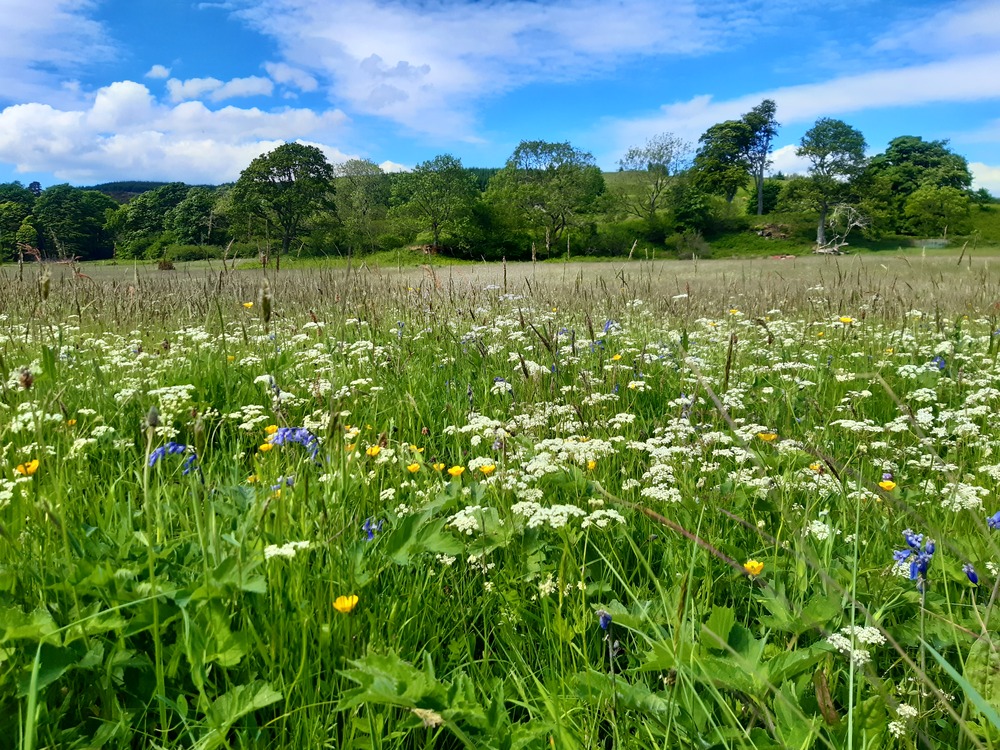Coronation Meadows
Wildflower meadows are some of the most loved and iconic symbols of the British countryside. However, 97% of them have been lost over the last 75 years.
That’s bad news for many scarce and declining species of flowers and plants, and also for the insects and animals that live there. Many of these species are only found in wildflower meadows.

By Royal appointment
In an effort to reverse the trend, King Charles called for the creation of new wildflower meadows – at least one in every county – to celebrate the 60th anniversary of Queen Elizabeth II’s coronation.
The Coronation Meadows Project, launched in 2012, had two main aims:
- to identify one flagship meadow in each county;
- to use donor seed from Coronation Meadows to help establish new ones.
Coronation Meadows on the land we manage
One of our meadows is recognised as a Coronation Meadow. These sites are outstanding (and rare) examples of species-rich lowland grassland. Modern farming techniques were never introduced to them, and they are home to a wealth of wildflowers in the summer months.
- Samhairidh, Morvern: the name is Gaelic for sorrel-pasture but you won’t only find sorrel there. We’ve identified 83 species of flowering plant, including typical meadow species such as northern marsh orchid (shown above), ox-eye daisy and yellow rattle.
- Yair Haugh, Tweed Valley: ragged robin, devil’s-bit scabious and northern hawk’s-beard are just some of the 60-plus species found in this important wet meadow habitat.
Managing the meadows
The problem with any early successional stage habitat is that if it’s left unmanaged the soil nutrient levels build up. These extra nutrients allow more aggressive invasive plant species to establish and thrive. This is called succession.
If the nitrogen and phosphorus levels within soil rise above a certain threshold, then the species richness will be lost, as a lush and fertile grassy sward replaces the diverse species sward.
This why we’ve introduced conservation grazing. You might think it’s strange to see cattle or ponies happily munching away next to rare wild flowers. But grazing removes a proportion of the vegetation sward, and removes nutrients so that they aren’t recycled back into the soil.
At Samhairidh, this is supplemented by mowing and removing of the arisings in late summer each year to further ensure nutrients are kept low, and to weaken the more vigorous common grasses that could outcompete the more meadow-specialist species.
We use Highland cattle or ponies at Samhairidh and Aberdeen Angus at Yair Haugh.
Learn more about conservation grazing
Improving grassland habitats
Our Coronation Meadows are just two examples of where we’re managing rare lowland grassland habitat for conservation.
We are also looking after important areas of wet meadow habitat (purple-moor grass and rush pasture) at Balvag in the Trossachs and at the Kyle of Sutherland Site of Special Scientific Interest.